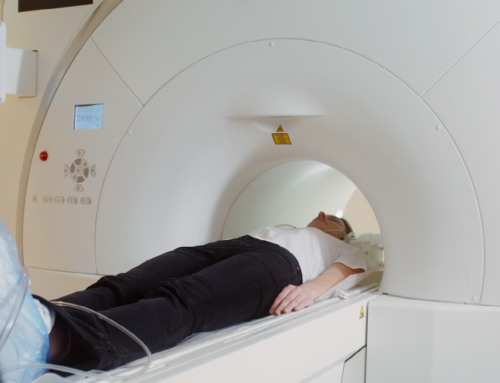
The Colorado Court of Appeals’ recent decision in Wolven v. Del Rosario Velez marks a significant development in personal injury law, focusing on the admissibility of expert testimony regarding impairment ratings. This ruling, important for its implications in the realm of legal-medical intersections, hinges on how juries evaluate and incorporate medical expertise into verdicts. It’s a key example of how legal frameworks adapt to complex medical evaluations, setting a precedent that could influence future personal injury cases. This decision not only clarifies the role of medical assessments in court but also highlights the evolving nature of legal standards in the face of intricate, expert-driven evidence.
What are Impairment Ratings?
Impairment ratings are medical assessments used to quantify the severity of an individual’s permanent functional limitations resulting from an injury or illness. Traditionally, these ratings have been a staple in workers’ compensation cases, providing a standardized way to evaluate the extent of an employee’s work-related injuries and determining their eligibility for compensation. Unlike personal injury lawsuits, where damages are often assessed based on a broader range of factors including pain, suffering, and overall impact on quality of life, workers’ compensation cases rely heavily on these ratings to ensure a uniform and objective measure of impairment. This distinction is critical; while impairment ratings offer a concrete metric in workers’ compensation, their role in personal injury cases, like in Wolven v. Del Rosario Velez, is a more recent development. In these cases, the ratings serve to inform the court about the extent of injury in a medically quantifiable way, but they are integrated into a wider assessment of damages that includes non-economic factors.
The Court’s Ruling
In Wolven v. Del Rosario Velez, the court’s decision on the admissibility of expert testimony regarding the plaintiff’s impairment rating stands out as a key aspect. This aspect was significant as it centered on determining the extent of the injuries suffered by the plaintiff and the corresponding compensation. The court permitted an expert witness to testify about the plaintiff’s impairment rating, a crucial piece of evidence that directly related to the severity of the plaintiff’s injuries and their impact on daily life.
The impairment rating was calculated using the American Medical Association’s Guides to the Evaluation of Permanent Impairment, a widely recognized and standardized tool in the medical field for assessing permanent impairments. This methodology provided consistency and credibility to the impairment evaluation. This decision by the court was in line with the precedent set by the earlier Colorado case of Herrera v. Lerma, where similar expert testimony regarding impairment ratings was deemed admissible.
Importantly, the court found this testimony relevant to the case and not overly prejudicial, meaning it was important for providing the jury with information to make an informed decision without unfairly biasing them against the defendant. The admission of this expert testimony sets a precedent for future personal injury lawsuits, emphasizing the importance of expert evaluations in understanding the extent of injuries and quantifying their impact in legal terms. This aspect of the case underscores the role of expert witnesses in personal injury cases and demonstrates the complexities in interpreting and applying medical assessments within a legal framework.
Why Are Impairment Ratings Important in Personal Injury Cases?
The inclusion of impairment ratings in personal injury cases represents a significant advancement, primarily due to their objective nature. These ratings offer a standardized way to quantify the severity of an individual’s injuries, introducing an element of objectivity in cases often dominated by subjective assessments like pain and suffering. The credibility of these ratings, often based on the American Medical Association’s Guides, is particularly persuasive for juries and judges who must navigate complex medical information. This shift towards using impairment ratings, a practice historically reserved for workers’ compensation cases, has the potential to bring consistency across legal areas dealing with injuries, aiding in the creation of a more uniform approach to injury assessment. Furthermore, these ratings contribute to more comprehensive damages calculations by providing a clearer picture of the long-term impact of injuries. They also play a crucial role in facilitating settlement negotiations, offering a common reference point that can simplify reaching agreements.
Final Thoughts
This ruling adds a significant tool to the toolbox of personal injury law – the use of impairment ratings. This decision doesn’t necessarily change the landscape of personal injury cases, but it does offer another method for evaluating injuries, bringing in a level of objectivity that was traditionally reserved for workers’ compensation cases. The inclusion of impairment ratings represents an adaptation in legal standards, allowing for a more nuanced approach that considers both medical assessments and traditional legal evaluations. As a result, it enhances the arsenal of strategies available to attorneys and plaintiffs in personal injury litigation.







Leave A Comment